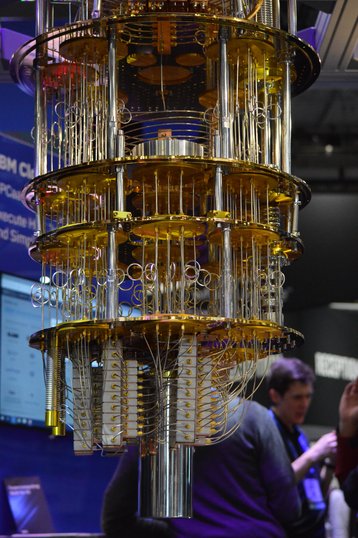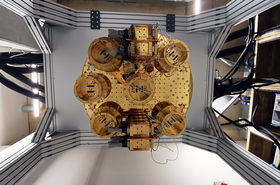IBM has set an ambitious goal for its quantum computing division, claiming that it plans to build a 4,000+ qubit processor by 2025.
The company's most advanced processor is currently the IBM Eagle, a 127-qubit processor with quantum circuits that it claims cannot be reliably simulated exactly on a classical computer, allowing for the development of more advanced processors.
The company expects to 'unveil' a 433-qubit processor, the IBM Osprey, by the end of this year. Next year it plans to introduce the IBM Condor, with over 1,000 qubits.
Then, by 2025, it hopes to develop a 4,000+ qubit processor built with multiple clusters of modularly scaled processors.
“Our new quantum roadmap shows how we intend to achieve the scale, quality, and speed of computing necessary to unlock the promise of quantum technology,” Jay Gambetta, VP of Quantum Computing and IBM Fellow, said.
Darío Gil, SVP, director of research at IBM, added: “In just two years, our team has made incredible progress on our existing quantum roadmap. Executing on our vision has given us clear visibility into the future of quantum and what it will take to get us to the practical quantum computing era."
At the company's Think conference, CEO Arvind Krishna claimed that a 4,000 qubit quantum computer would be capable of performing some calculations that would require a traditional computer nearly “the size of this planet.” However, he admitted the company "might have hyped some things" in the past, notably Watson AI.
"This time, we try to tread the line carefully."
IBM's quantum division has steadily racked up customers, including the Government of Quebec, Korea's Yonsei University, Japan's University of Tokyo, the Cleveland Clinic medical center, and Germany's Fraunhofer-Gesellschaft.
Rival Google aims to develop a one million qubit system by the end of the decade, while Rigetti Computing aims for 4,000 qubits by 2026.




